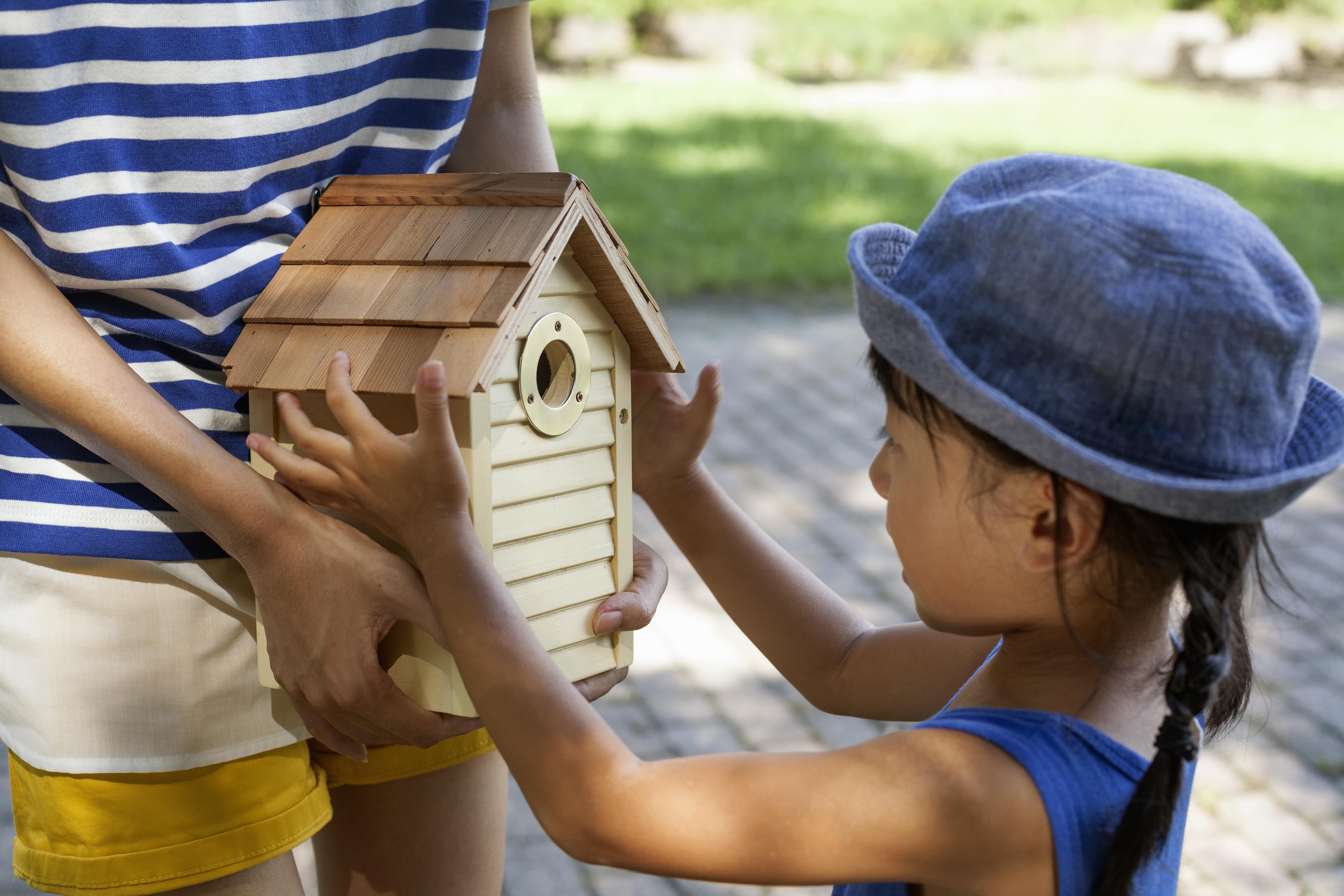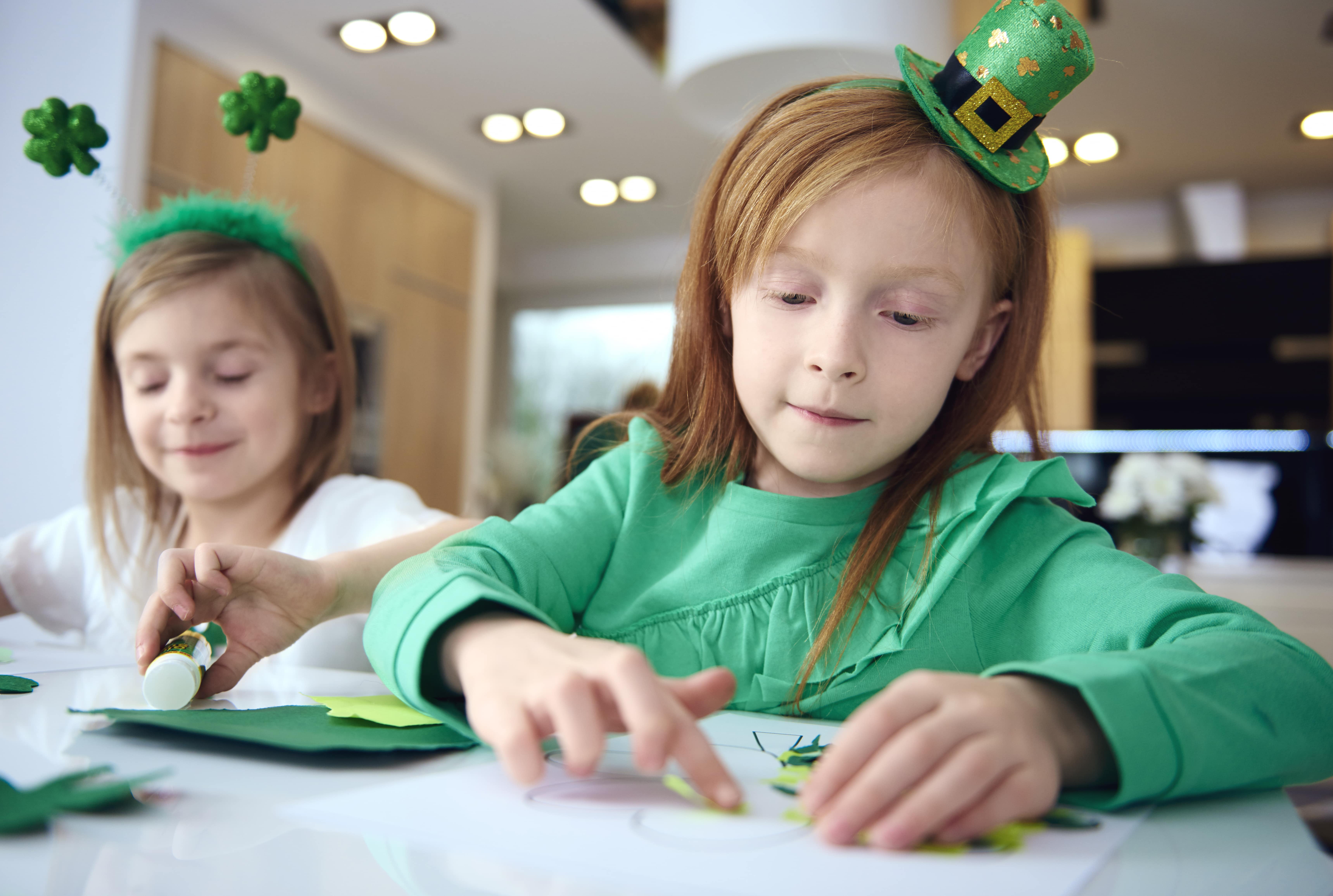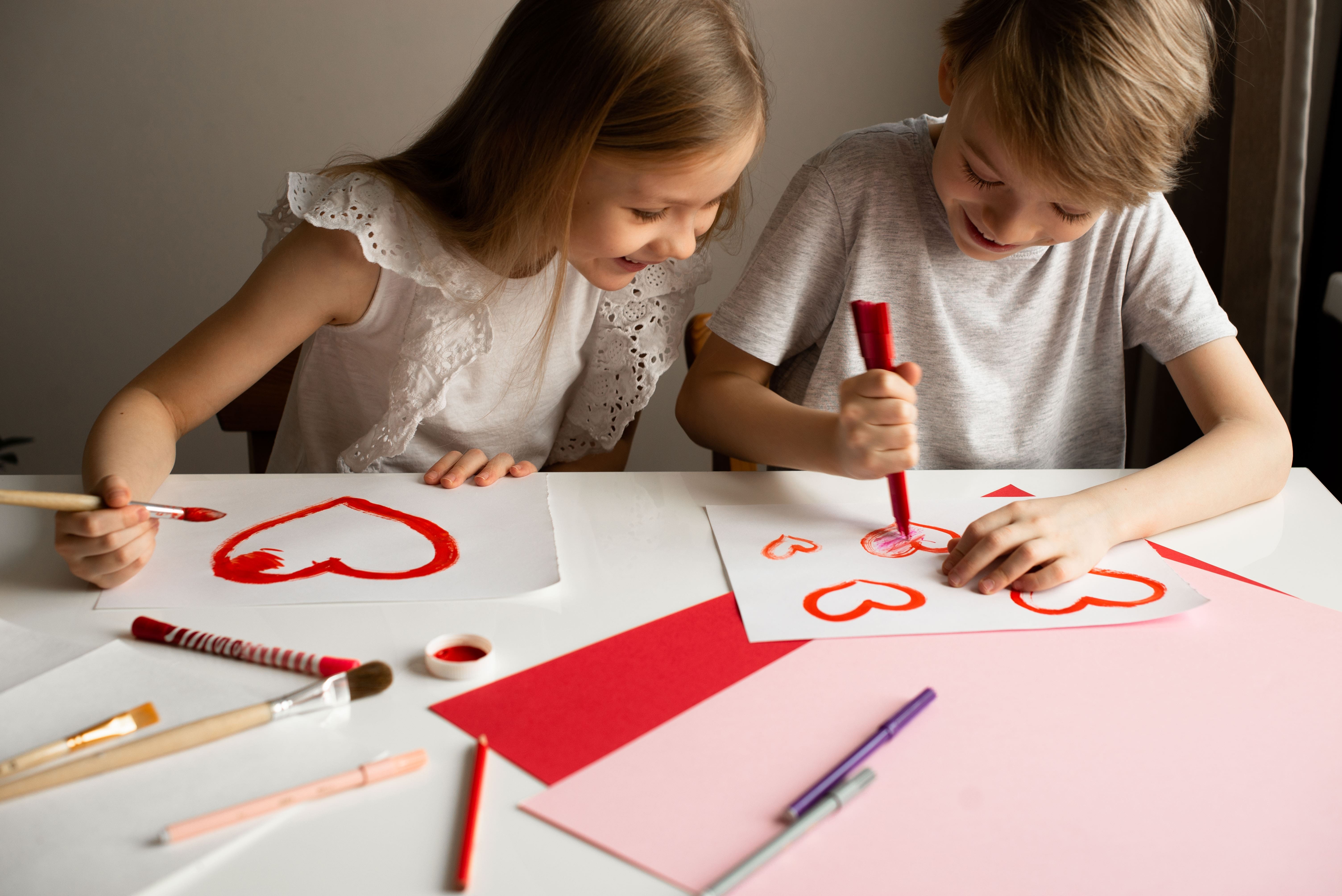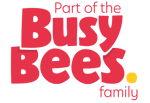Buzz into World Bee Day with a family-friendly picnic full of fun, food, and fascinating facts!
On May 20th, we honour the hardworking honeybee on World Bee Day. Bees play a vital role in pollinating the plants that give us fruits, vegetables, and even chocolate. So why not turn the celebration into a fun, hands-on learning experience with a bee-themed family picnic? With delicious snacks, creative crafts, and silly games, your children can explore the world of bees while having a blast.
Choose a sunny spot in your backyard or local park. Bring a picnic blanket, some bee-themed decorations (think yellow and black!), and you're ready to create some buzz-worthy memories.
Bee-licious Picnic Snacks
Make snack time both delicious and educational with treats inspired by bees and the flowers they pollinate:
- Honeycomb Cereal Bars: These no-bake bars are as easy as they are yummy. Simply melt marshmallows and butter, stir in a spoonful of honey, and mix with Honeycomb cereal. Press into a pan and let them cool before cutting into squares. Not only do they resemble a honeycomb, but they’re also a great way to start a conversation about where honey comes from and how bees build their hives.
- “Bee Bites” Fruit Skewers: Create mini fruit kabobs using alternating blackberries and pineapple chunks to resemble a bee's black and yellow stripes. Add a touch of fun by cutting out paper hearts, gluing them to toothpicks, and inserting them as little wings. These healthy, bite-sized snacks are a fun way to talk about the types of fruit that rely on bees for pollination.
- Mini Bee Cupcakes: Bake or buy vanilla cupcakes and decorate them with yellow frosting and chocolate stripes using icing or melted chocolate. Almond slivers make perfect little wings, and you can add candy eyes to bring your buzzing bees to life. These treats double as an edible art project, and a sweet lesson about how bees live in colonies and work together.
- Honey-Lemonade: Add a natural twist to your drink station by replacing sugar with honey in your homemade lemonade. Kids can help stir the honey into warm water before combining with lemon juice and cold water. As you sip, talk about how bees gather nectar to make honey and why lemon trees depend on pollination to grow their fruit.
Educational Buzz: Talk about how bees help pollinate fruits like apples, strawberries, and blueberries, many of the snacks on your blanket wouldn’t exist without them!
Crafty Bees: DIY Fun
Crafts keep little hands busy while sparking creativity and curiosity about bees:
- Egg Carton Bees: Cut individual cups from a cardboard egg carton and paint them yellow. Once dry, add black stripes using markers or paint. Glue on googly eyes and attach small wings made from paper or cupcake liners. These tiny bees can be used as decorations or toys, and it’s a great way to recycle and craft at the same time!
- Bee Crowns: Help kids create their own “bee royalty” look with homemade crowns. Cut yellow construction paper into strips, fit them to each child’s head, and secure with tape or a stapler. Provide black markers, bee stickers, and pipe cleaners (for bendy antennae) to decorate. This gives them a fun costume element for games and photos.
- Pollination Station: Set up a mini science demo! Dust cotton balls (pretending to be fuzzy bees) with powdered cheese, turmeric, or glitter. Have kids "fly" their bees from one paper flower to another, showing how pollen is transferred. This hands-on activity reinforces how pollination works in a visual and tactile way.
Educational Buzz: Explain how bees carry pollen on their fuzzy bodies, helping flowers grow, reproduce, and create seeds!
Games That Get Kids Buzzing
Turn playtime into bee time with these fun, energetic games:
- Bee Tag: One child is “the bee,” chasing others who each carry a paper flower. When tagged, the flower “gets pollinated.” This continues until all the flowers have been tagged. It’s a simple game that introduces the idea of how bees visit flowers to help them grow and reproduce.
- Busy Bee Relay: In this silly relay race, give each child a spoon and a cotton ball (representing pollen). They must carry the “pollen” across the yard or field to a designated flower cup without dropping it. It’s a fun way to encourage movement and mimic the job of a foraging bee returning to the hive.
- Hive Hunt: Hide small plastic bees, yellow pom-poms, or paper bee cutouts around the picnic area. Challenge your kids to find as many as they can, like bees hunting for nectar. To add an educational twist, each hidden bee could have a bee fact written on the back to read aloud once found.
Tiny Lessons with Big Impact
Between bites and games, take a few moments to inspire curiosity with some bee facts or a short storytime:
- Dancing Bees: Did you know bees dance to talk to each other? The “waggle dance” helps them show the direction and distance to flowers full of nectar. Have your kids invent their own bee dances and perform them. It’s silly and educational!
- Flower Friends: Share how bees pollinate over 75% of the flowering plants on Earth, including many of our favourite foods. Show pictures or point out nearby flowers, explaining how bees move pollen from one bloom to another.
Bee Detective: Explore Like a Pollinator
Turn your kids into curious little bee detectives with an observation-based activity that blends nature exploration with hands-on learning:
- What’s Blooming: Give each child a small notebook or a printable “Bee Detective” worksheet. Go on a short walk around your picnic spot and look for flowers, plants, or any insects buzzing nearby. Encourage your children to draw what they see and note the colours, shapes, and smells of different blooms.
- Pollinator Patrol: See if you can spot real bees, butterflies, or other pollinators. Ask questions like:
- What flower are they visiting?
- How long do they stay on each bloom?
- Do they carry anything on their legs?
- Bee Senses Game: Ask your kids to imagine they are bees. Use their five senses to explore the world around them:
- What flowers would you visit based on smell?
- Which ones have the brightest petals?
- Can you hear buzzing or bird calls nearby?
Educational Buzz: This mini scavenger hunt helps kids connect with nature while learning how bees choose flowers and why biodiversity is important for a healthy environment.
Plant a Bee-Friendly Future
End your Bee Day Picnic with a small action to help real bees:
- Seed Planting Activity: Hand out packets of wildflower or pollinator-friendly flower seeds (like lavender, coneflowers, or sunflowers) and let each child plant their own in a pot or garden patch. Explain how bees need flowers for nectar and pollen, and planting more flowers is one way we can help them thrive.
- Make a Bee Hotel: Bring small cardboard tubes, twigs, and string to help your kids create a simple bee hotel for solitary bees like mason bees. Hang it up in your backyard to support local pollinators!
To learn more about the importance of bees and how to create a pollinator garden read, How to Plant a Pollinator Garden: A Guide to Supporting Bees and Other Pollinators.
Celebrate & Share
Capture the magic by snapping photos of your family in their bee crowns, your adorable snacks, and all the laughter-filled games. Post your picnic with the hashtags #BPWorldBeeDay and #BPBeeDayPicnic to inspire other families to join the movement to protect our pollinators.
By turning World Bee Day into a celebration full of fun, flavour, and learning, you’re giving your children the gift of knowledge, and nurturing future nature lovers who care about bees and the planet.
So spread out that blanket, pass the honey snacks, and let your family’s love for bees grow wild and free. Happy World Bee Day!
Stay in the know and check us out on social media! Follow BrightPath on Facebook and Instagram for a variety of fun activities and daily inspiration.







